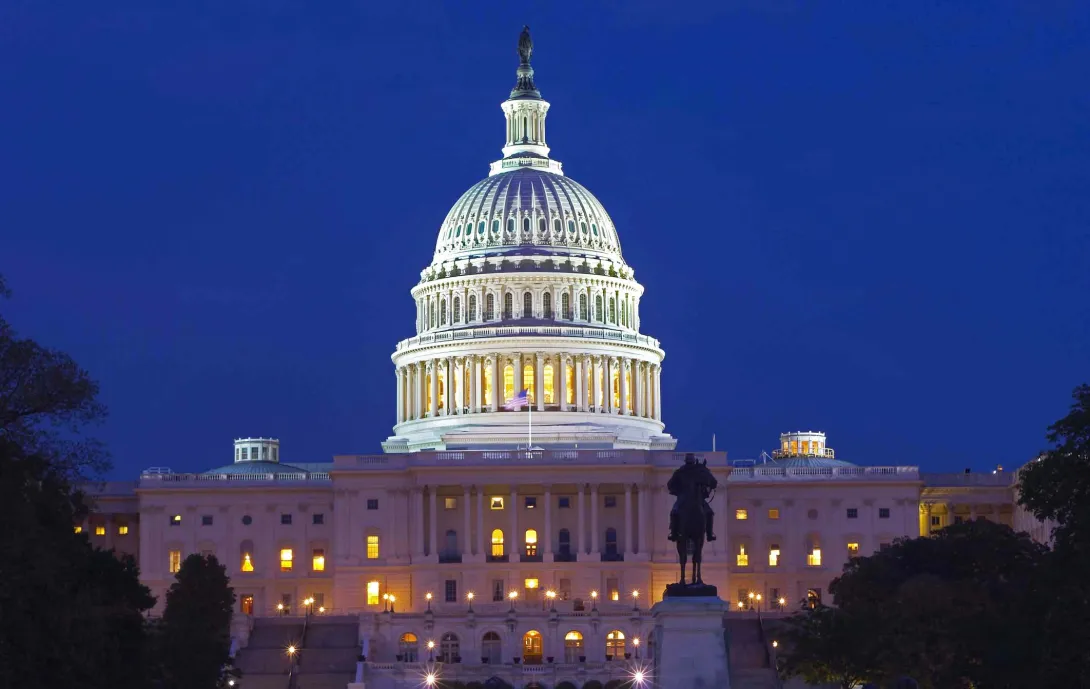
Medicaid cuts have been a central focus for healthcare from passage of the One Big Beautiful Bill Care Act, but there are other parts to the bill that affect providers.
“This legislation will cause 11.8 million Americans to be displaced from their healthcare coverage as they move from insured to uninsured status,” American Hospital Association President and CEO Rick Pollack said after the passage of the bill in the Senate. “It also will drive up uncompensated care for hospitals and health systems, which will affect their ability to serve all patients. It will force hospitals to make service line reductions and staff reductions, resulting in longer waiting times in emergency departments and for other essential services, and could ultimately lead to facility closures, especially in rural and underserved areas.”
Rural hospital fund
The bill establishes a $50 billion rural health program to be used between 2026 and 2030 for payments to rural providers.
Provider Taxes
The AHA has also emphasized the importance of keeping provider taxes to increase the amount of Medicaid funding available to providers. How it works: States tax hospitals and that revenue is matched by the federal government. The money is returned to hospitals in increased Medicaid payments.
The bill prohibits new or increased provider taxes, but it has a three-year transition period. It reduces existing provider taxes in the 41 states and the District of Columbia that have expanded Medicaid, from the current level of 6% of net patient revenues to 5.5% in 2028, down to 3.5% by 2032, according to Morgan Lewis.
WHAT WAS LEFT OUT: The Byrd Rule
Many provisions in the Senate version of the One Big Beautiful Bill Act were unchanged in the final version approved by the House that went to President Trump for his signature on July 4.
But there were many provisions in the original House bill that weren’t passed by the Senate, and some of these were due to the Byrd Rule.
This Senate rule, named after the late Senator Robert Byrd, prevents the inclusion of extraneous matter in budget reconciliation legislation. In other words, according to government relations expert Amanda Lincoln, if the provision doesn’t change outlays or revenues, it doesn’t qualify.
Lincoln is principal of government relations at Buchanan Ingersoll & Rooney and former staff director for the Senate Health, Education, Labor, and Pensions (HELP) Committee and chief advisor to Chair Bill Cassidy, R-La.
Not compliant with the Byrd Rule was a House provision for Medicaid spread pricing. In Medicaid spread pricing, pharmacy benefit managers charge Medicaid more for prescription drugs than what they reimburse to pharmacies, keeping the difference as profit.
This PBM provision came out of the Senate bill, Lincoln said.
The practice of silver loading also fell out because of the Byrd process.
Under silver loading, insurers increase the premiums of silver-level Affordable Care Act plans to offset the subsidy of providing cost-sharing reductions to low-income individuals. The One Big Beautiful Bill Act ends enhanced premium tax credits at the end of 2025.
The end of silver loading and the CSR subsidies, along with a shortened ACA enrollment period, is expected to result in enrollment losses.
Her clients are looking to see how the bill and any new regulations will affect healthcare going forward, Lincoln said.
“Folks are interested to see what the regulations look like and how they will implemented,” she said.
Email the writer: SMorse@himss.org